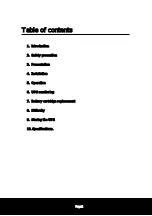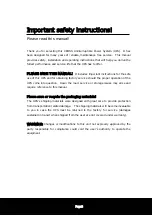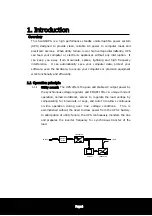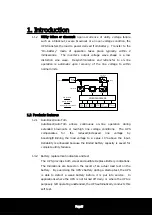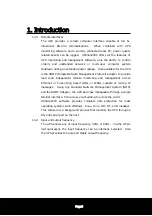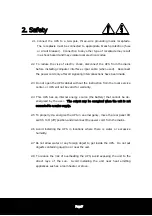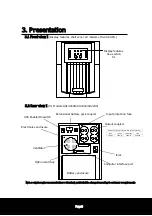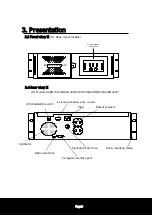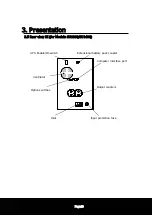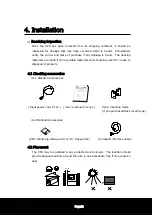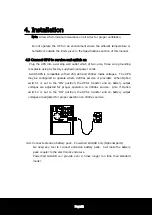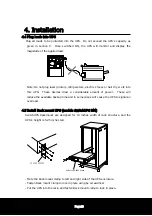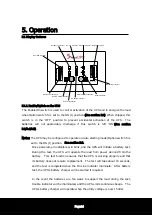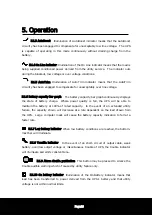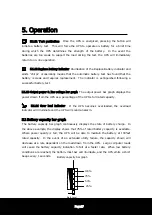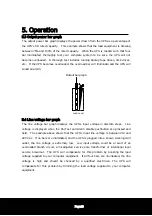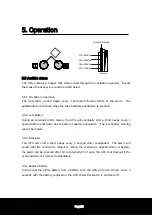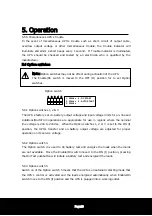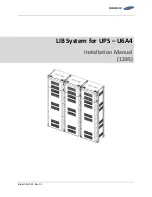
Page5
1. Introduction
1.1.2
Utility failure or abnormal: Upon occurrence of utility voltage failure
such as a blackout, severe brownout or an over-voltage condition, the
UPS transfers the load to power derived from battery. Transfer to the
“
On-battery
”
mode of operation takes place typically within 2
milliseconds. The inverter
’
s output voltage wave shape is a low
distortion sine wave. Resynchronization and retransfer to on-line
operation is automatic upon recovery of the line voltage to within
normal limits.
1.2
Products features
1.2.1
AutoBoost/AutoTrim
AutoBoost/AutoTrim allows continuous on-line operation during
extended brownouts or low/high line voltage conditions. The UPS
compensates for the reduced/increased line voltage by
boosting/trimming the load voltage to a value 10% above the input.
Reliability is enhanced because the limited battery capacity is saved for
complete utility failures.
1.3.2 Battery replacement indicators and test
The UPS provides both visual and audible Replace Battery indications.
The Indications are based on the result of an actual load test on the
battery. By exercising the UPS
’
s battery during a startup test, the UPS
is able to detect a weak battery before it is put into service. In
applications where the UPS is not turned off daily, or where the UPS is
purposely left operating unattended, the UPS automatically conducts this
self test.
EMI/RFI
FILTER
Auto Boost
/Auto Trim
CONVERTER
AC INPUT
+
-
BATTERY
LOAD
INVERTER
DC
AC
MICROPROCESSOR
Test
&Load
Button
Front
LED
Display
Volage
Start
Selector
Monitor &
Protection
RS-232
DATA
Communication
SNMP
Communication
Line operation
Backup operation
Microprocessor soperation


